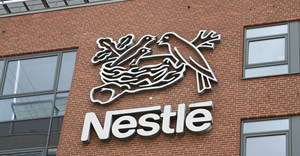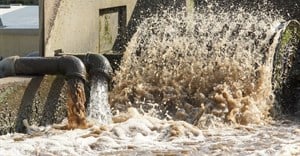Trending




 Sabre EMEA 2024 Awards: Razor PR, Retroviral top SA agenciesDanette Breitenbach
Sabre EMEA 2024 Awards: Razor PR, Retroviral top SA agenciesDanette Breitenbach
Elections 2024
What is aeration in sewage treatment?

What aeration means in sewage treatment
Simply put, aeration is the process of adding air into wastewater. While this doesn’t sound like much, the oxygen fed to the bacteria present in the wastewater is a vital component for allowing these bacteria to go to work.
How it works: Fuel for sewage treatment
Providing oxygen for the bacteria that break down organic matter in wastewater is vital, because it acts as the fuel for the aerobic biodegradation of pollutants. Put another way, aeration allows for microbial growth, and the microbes growing in the wastewater feed on the organic matter to form flocs which can be settled out later in the process.
Without the addition of air through aeration the bacteria are unable to break down the pollutants as quickly or cleanly. The lack of oxygen would also result in septic conditions producing odours.
How aeration is achieved: Two popular methods
Surface mounted aerators are used to agitate the effluent at relatively high speeds, dragging wastewater from the bottom of the tank to the top and mixing it with air.
The main alternative to surface mounted aerators is the use of fine bubble diffusers. These diffusers are placed at the bottom of the tank, generating a supply of fine bubbles upwards. These bubbles are then diffused into the wastewater as they rise, providing the oxygen needed for aeration.
The final step: Letting things settle
As mentioned above, the biodegradation of biological matter leads to the production of flocs. That is why, once the aeration process is complete, the effluent is moved to the wastewater treatment plant’s settling tank. Here the waste matter can settle in the bottom of the tank, leaving treated water to be pumped out above the settled matter.
For more information on wastewater treatment plants and various sewage treatment technologies, contact the experts at WEC Projects. You can also check out their Facebook page, where they often provide some interesting facts around water and sewage treatment that could be useful to you.






